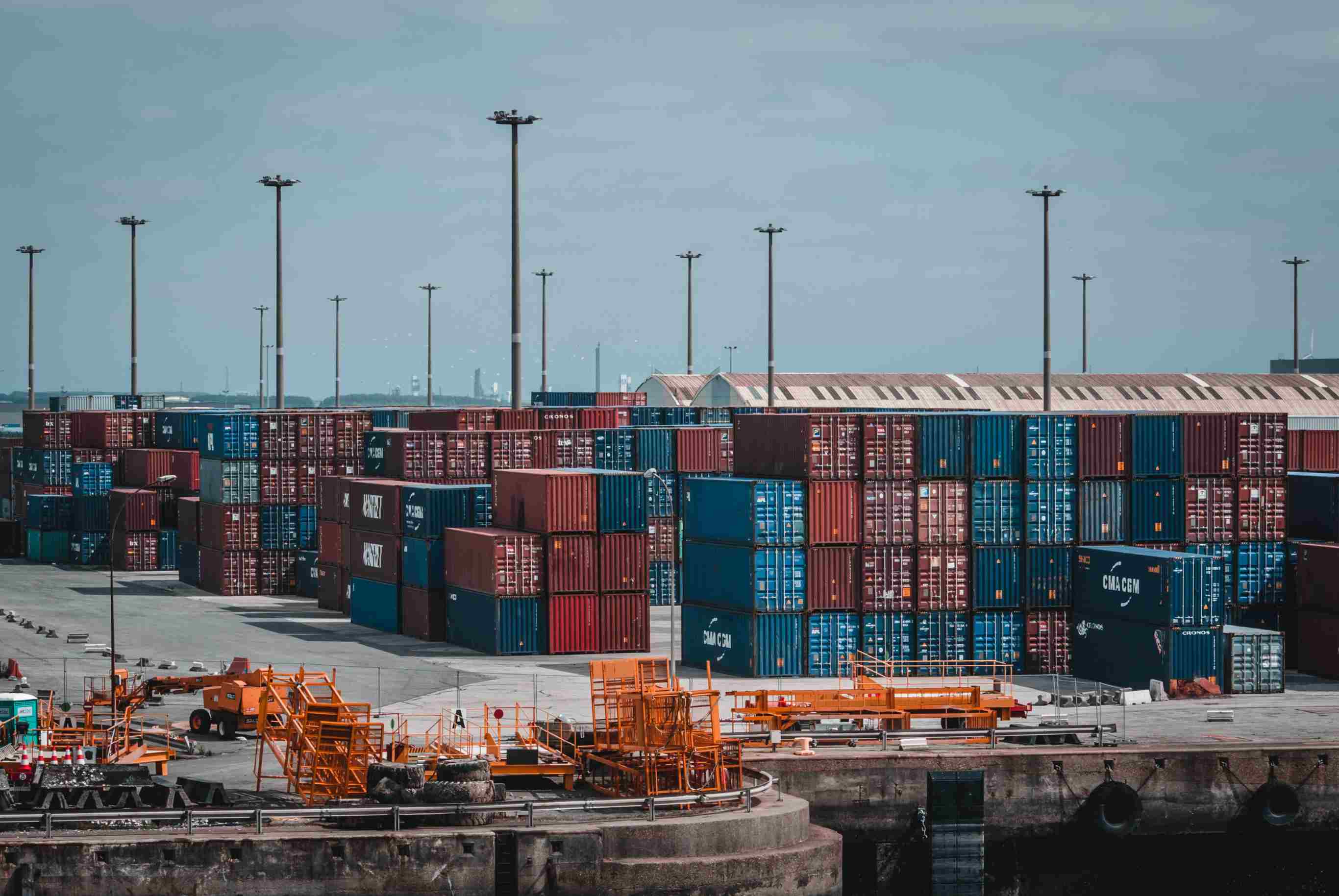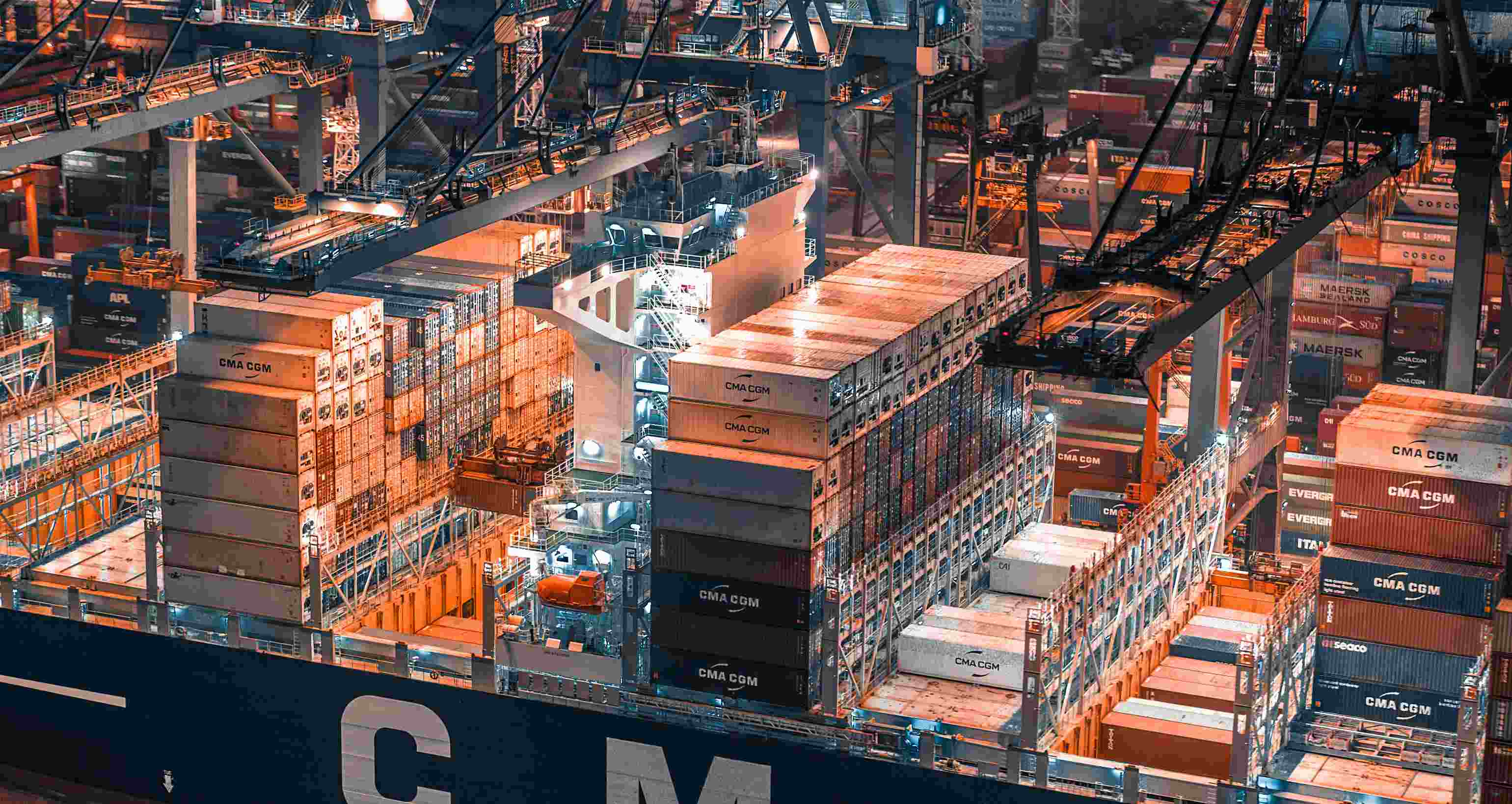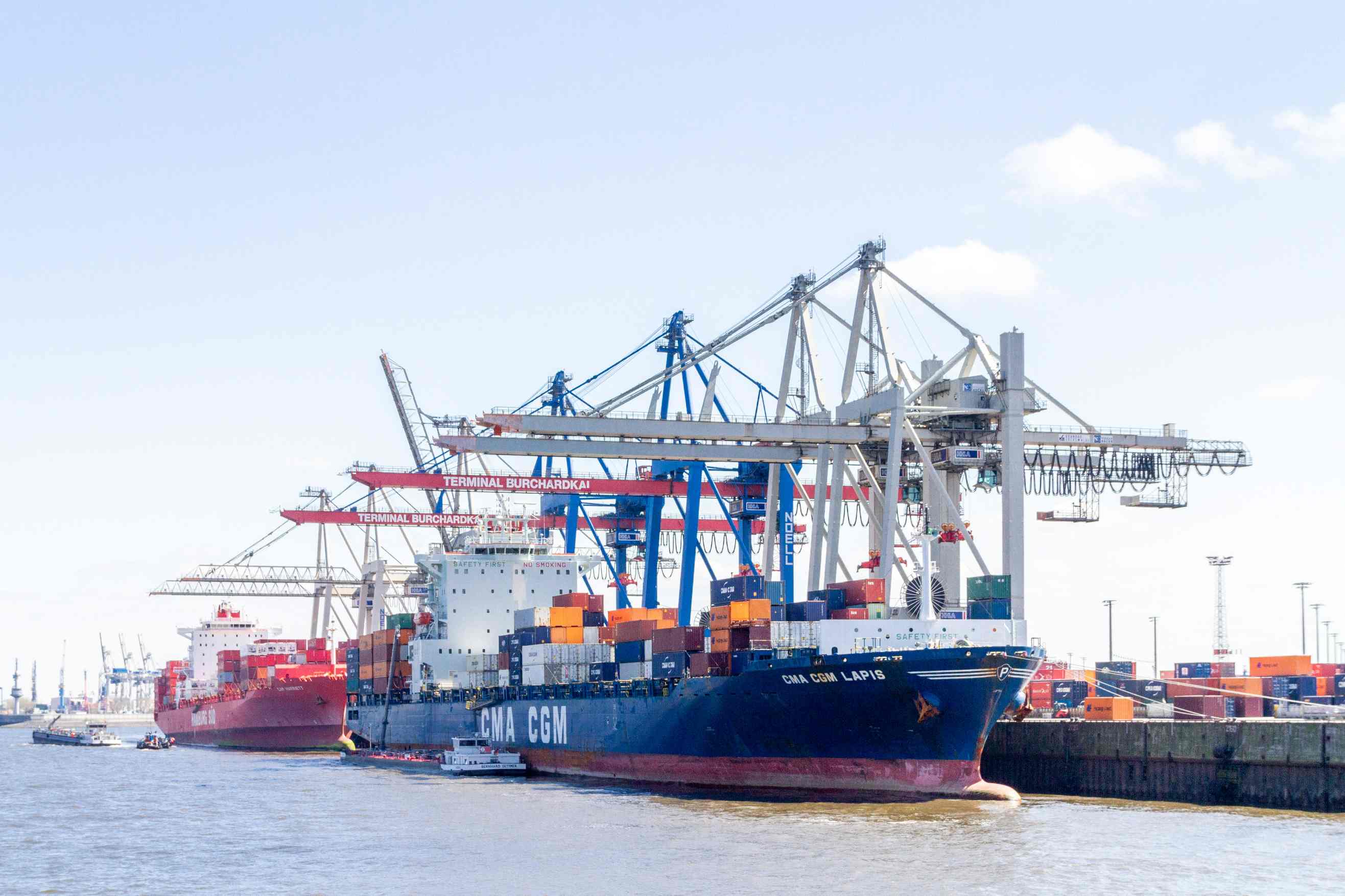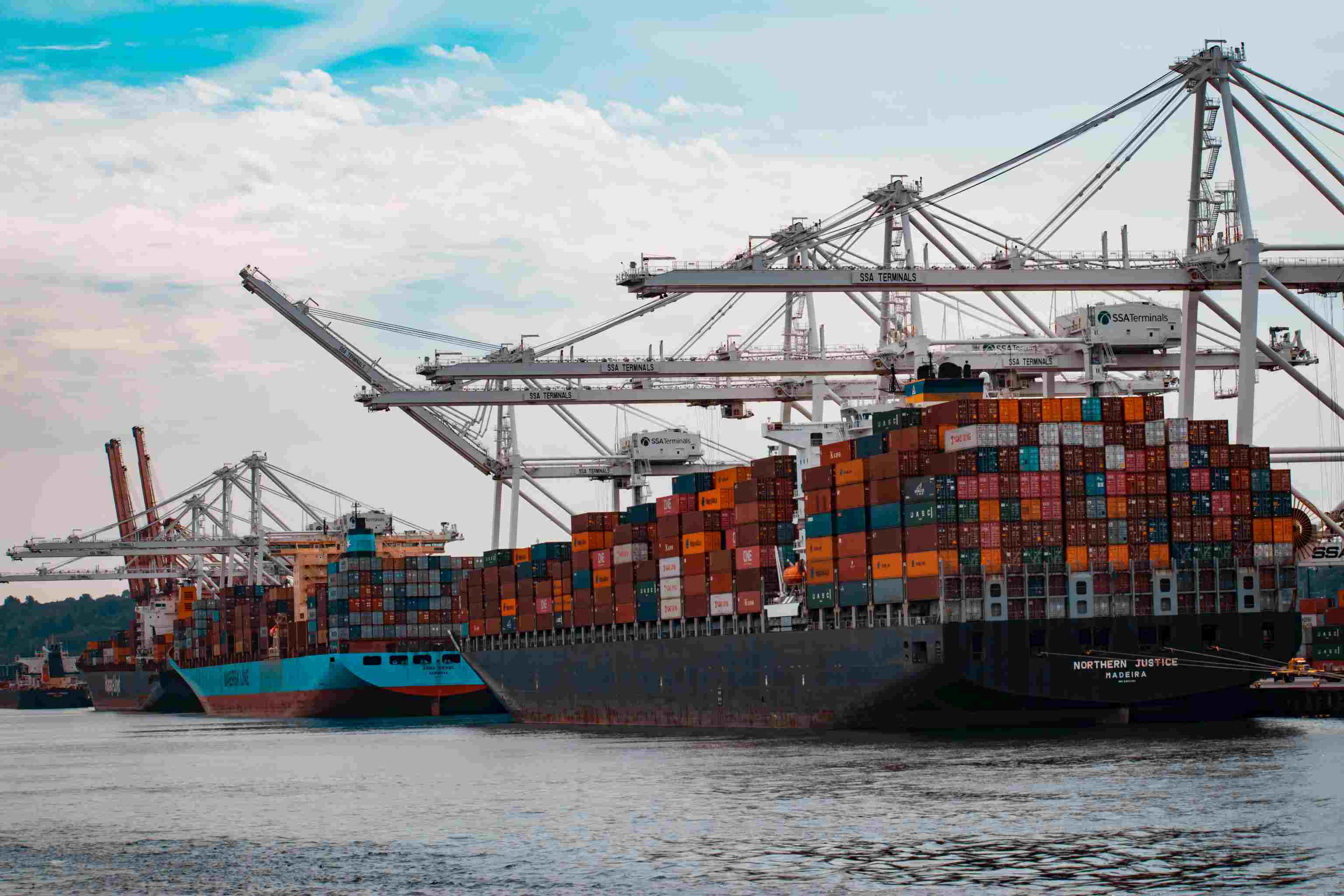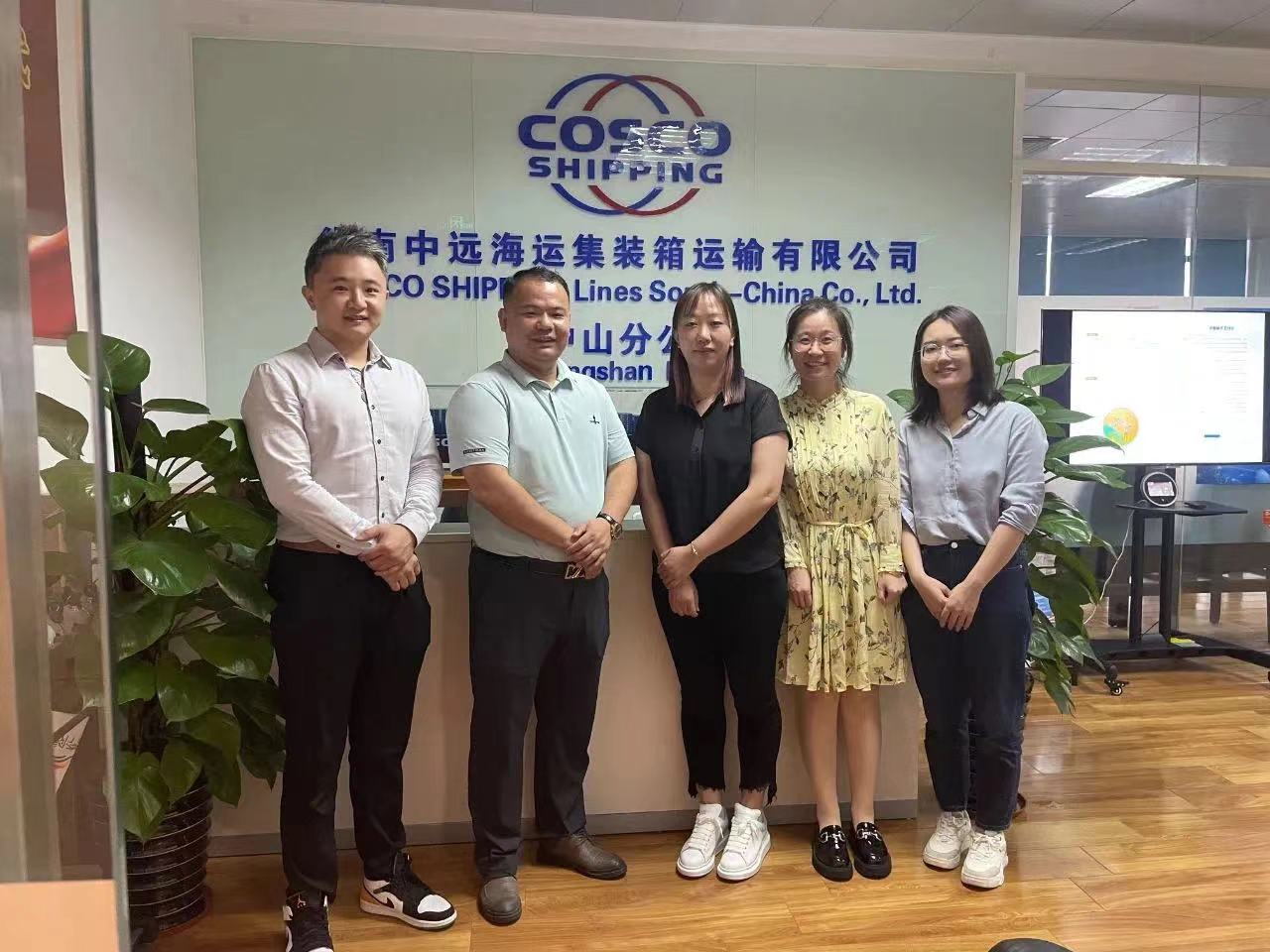Shenzhen and Hong Kong Customs cooperate to create port "highway"
In fact, Shenzhen Customs is not only a witness to the rapid development of Shenzhen-Hong Kong economy and trade, but also a participant in close integration between the two places. The rapid development of economic and trade exchanges between Shenzhen and Hong Kong promotes Shenzhen Customs' continuous reform and innovation, and strives to improve the efficiency of customs clearance. At the same time, it strengthens cooperation with Hong Kong Customs to create a fast deep-sea port channel to help the economic and social development of the two places.
Mutual benefit of economic and trade between the two places shipping container cost
Since the return of Hong Kong, despite the double impact of the Asian financial crisis and the global financial turmoil, the proportion of Shenzhen-Hong Kong trade in Shenzhen's overall foreign trade import and export has continued to increase, from 18.8% in 1997 to a historical high of 34.2% in 2013. Liu Ying, Section Chief of the Shenzhen Customs General Statistics Department, told reporters that the Shenzhen-Hong Kong trade is currently undergoing a period of in-depth adjustment and conspiracy and development. In 2016, Shenzhen ’s import and export volume was 2.6 trillion yuan, of which imports and exports to Hong Kong were 695.8 billion yuan, The volume accounts for more than 20% of Shenzhen's imports and exports; Hong Kong ranks first among Shenzhen port trading partners.
Fresh vegetables, chickens and ducks, exotic fruits of all colors, and novel electronic products continue to flow in and out of Shenzhen and Hong Kong. Over the past 20 years, the trade structure between Shenzhen and Hong Kong has undergone tremendous changes, gradually shifting from labor-intensive products to high-end mechanical and electrical products, and from processing trade to general trade.
Benefiting from the level of manufacturing in the Mainland, the increased autonomy of business operations, and the increase in the level of consumption by mainland residents, Shenzhen's general trade import and export to Hong Kong has developed rapidly, with an average annual growth rate of 14.5%. 28% in 2016. At the same time, with the continuous improvement of supporting facilities in Shenzhen's bonded areas and bonded port areas, Shenzhen's logistics service industry has developed rapidly.
The rise and fall of trade patterns show that the economic structure is more reasonable. At present, the “front store and back factory” processing trade model is being changed. The dominant position of the “processing trade + foreign-invested enterprise” model has weakened. The import and export of private enterprises has grown at an average annual rate of 44.3%, which has become an important promotion for Shenzhen-Hong Kong trade The strength increased from less than 1% in the year when Hong Kong returned to the motherland to more than 40% in 2016.
The change in the Shenzhen-Hong Kong trade structure reflects the arrival of a new era of economic and trade development between the two places. Shenzhen has gradually become a collaborator and a runner from a mere learner. The two places are complementary, mutually beneficial, and economic and trade integration is taking shape.
Speeding up customs clearance at ports to promote trade with Hong Kong
In the early hours of the morning, the scene of customs clearance for passengers and freight at Huanggang Port was still brightly lit, and joint inspection personnel such as customs, border inspection, inspection and quarantine were still busy. In 2003, the inspection at Huanggang Port began to implement 24-hour customs clearance. During the same period, the CEPA agreement was officially signed, and Mainland tourists went to Hong Kong and Macao for free.
Behind the implementation of the 24-hour customs clearance, Shenzhen's exports to Hong Kong, especially high-end mechanical and electrical products, such as mobile phones, computers, and electronic equipment, have grown rapidly. These electronic products need faster channels to seize the market one step ahead.
In order to meet the demand of "Shenzhen Speed" for foreign trade, Shenzhen Customs has made every effort to improve the efficiency of customs clearance at ports. Since 2002, the customs has implemented an automatic check-and-release system at the Guangdong-Hong Kong highway port to realize the automatic identification and automatic inspection and release of vehicles at bay gates at highway ports. The normal vehicle clearance time at the port has been shortened from more than 2 minutes to 5 seconds; In 2007, the cross-border rapid customs clearance business was launched to realize the seamless connection between the Guangdong-Hong Kong highway port and the competent place; since 2012, the Hong Kong Customs' "multi-modal intermodal cargo transportation convenience plan" and the Mainland customs "cross-border rapid customs clearance" connection plan ; Since 2014, the transformation of the customs clearance mode of Guangdong-Hong Kong highway ports from the local version to the national version has been completed; At present, Shenzhen Customs is gradually realizing regional customs integration at the Guangdong-Hong Kong highway ports, and has gradually expanded the scope of cargo clearance declarations of Guangdong-Hong Kong highway ports to the whole. Provinces, four provinces of Pan-Pearl and the whole country.
Great changes have taken place in the Shenzhen-Hong Kong import and export structure. "Since Hong Kong's return to the motherland, the import and export commodity structure of Shenzhen and Hong Kong has been significantly optimized, and the proportion of exports of mechanical and electrical products to Hong Kong has continued to increase." The person in charge of Shenzhen Customs said that Shenzhen is an important base for processing and production of traditional industries by Hong Kong businessmen. After Hong Kong's return to the motherland, the growth rate of Shenzhen's export of labor-intensive products to Hong Kong has been significantly lower than the average level of overall exports to Hong Kong during the same period, and its share of the total export value to Hong Kong fell from 28.5% in the year of return to 5.4% in 2016.
It is worth mentioning that despite the great changes in the foreign trade structure of Shenzhen and Hong Kong, the lively "green lifeline" for Hong Kong is as always. Mr. Peng of Chao Kee Foods (Hong Kong) Co., Ltd. has been engaged in chicken, duck, goose and pork products for more than 30 years. He told reporters that the company he runs has farms and processing farms in Huizhou, Haifeng and Bobai, Guangxi and other places, and supplies a large number of Hong Kong chicken, duck, goose and pork products every day.
Mr. Peng is just an individual. Behind the individual is a powerful motherland. After Hong Kong's return to the motherland, the Mainland's support for Hong Kong has continued to increase. Today, vegetables, live animals, and other food materials supplied to Hong Kong from the Man Kam To Port alone account for more than 85% of the Hong Kong market supply. According to statistics from Wenjindu Customs, in 2016 alone, Wenjindu Customs inspected and released 2.219 million tons of live products for Hong Kong, a year-on-year increase of 3.2%, with a total value of US $ 5.4 billion, a year-on-year increase of 9.5%, which effectively protected the livelihood needs of Hong Kong.
"Second Speed" Clearance Boosts New Life in Shuangcheng
Deep in the port, the river flows endlessly. According to customs statistics, at the beginning of Hong Kong's return to the motherland in 1997, about 150,000 passengers entered and exited the country every day through the Luohu Port. Twenty years later, this number has risen to 230,000, with a historical peak of 398,000. In August 2007, Futian Port was opened, and the average daily number of customs clearance quickly reached 180,000.
Life in twin cities has become the norm. Mr. Zhu, who lives in Shenzhen, works for a financial institution in Hong Kong and commutes to Hong Kong via the Futian Port every morning and evening. He told reporters that life in Shenzhen and Hong Kong is no longer simply at the level of trade and consumption. Young people in Hong Kong have set up businesses in Shenzhen, and a new generation of Shenzhen working in Hong Kong has become the norm. The increasing number of ports and the fast and convenient customs clearance are the prerequisites to support this new life mode.
Shenzhen Customs' travel inspection reform has accelerated. In 1999, Shenzhen Customs developed a passenger clearance management system and formally put it into trial operation. The system processed passenger data to speed up normal passenger clearance. In 2000, the risk management concept was introduced, and travel inspections were implemented from manual inspection to risk control and manual operation. The transition to computer management; the use of advanced detectors such as personal detectors and "metal detection gates" at the travel inspection port to strengthen supervision and further facilitate law-abiding passengers. In 2008, 100% machine inspection of baggage and luggage of inbound passengers was implemented, and a “Shenzhen-Hong Kong Day Student Channel” was opened at the passport entry site to provide more convenient customs clearance services.
At present, Shenzhen has a relatively strong high-tech industry foundation and an excellent environment for innovation and entrepreneurship. Hong Kong has always maintained its position as a global financial and logistics center and has a sufficient international talent pool.
In fact, Shenzhen and Hong Kong are adjacent to each other, their economic strength is in the forefront of the country, the degree of openness is high, the social rule of law is perfect, and they have the advantage of geographical cooperation that other urban agglomerations cannot match. The person in charge of Shenzhen Customs said that looking forward to the future, Shenzhen and Hong Kong should give full play to their own advantages, complement each other, further expand the cooperation space, promote the flow of resources and integrate, and promote Shenzhen and Hong Kong to become the core engine of the Guangdong-Hong Kong-Macao Greater Bay Area. (Liu Ying, Wei Baizhen, Zhan Ping, and Yuan Tingting)
